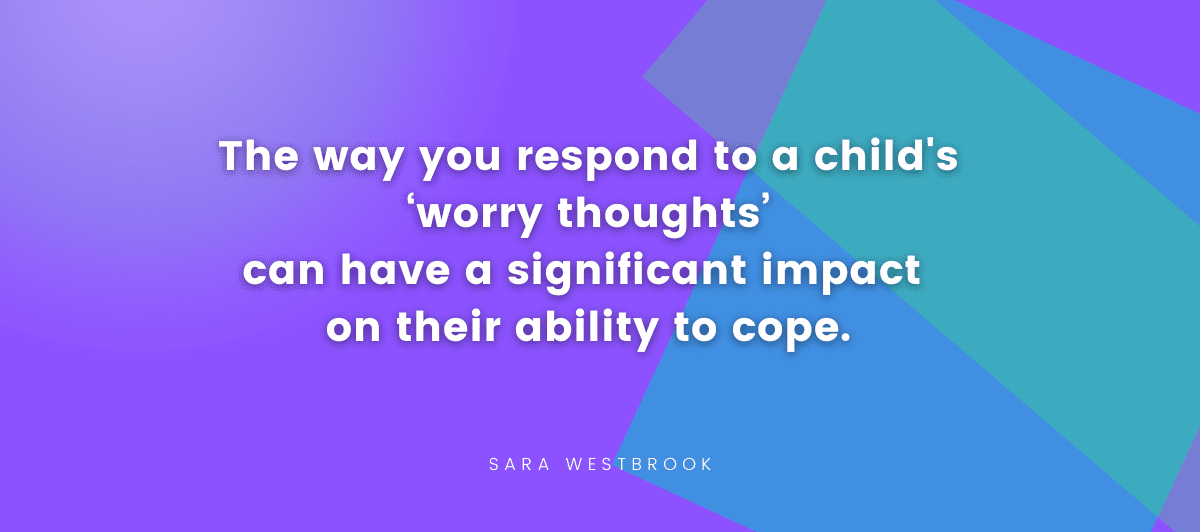
How to Get a Child to Ask for Help
I can remember my son at 2 years old saying, ‘I can’t!’ My husband and I both looked at each other and thought ‘no way is that going to be his mindset!’ Every time Kai would say, ‘I can’t!’ we’d have him repeat, ‘I can. I just need help.’ This is now an ongoing mantra in our home.
This mantra gives your child courage.
Changing ‘I can’t’ to ‘I can’ allows your child not only be determined and successful but only to believe in possibility. Adding ‘I just need help’, creates an opening to ask for & receive support.
Getting a child to ask for help is a skill.
THINK ABOUT THIS: What emotions are making it harder for your child/student to ask for help? Emotions like embarrassment, fear, frustration and shyness can stop them from having the courage to reach out for the help and support they need and deserve.
REMEMBER THIS: Getting a child to ask for help is a skill that shows strength, confidence and curiosity. It’s an important part of a growth mindset.
TRY THIS: The next time you hear your child/student saying, ‘I can’t’ gently remind them to replace those words with…
I CAN. I JUST NEED HELP!
Until next time…


